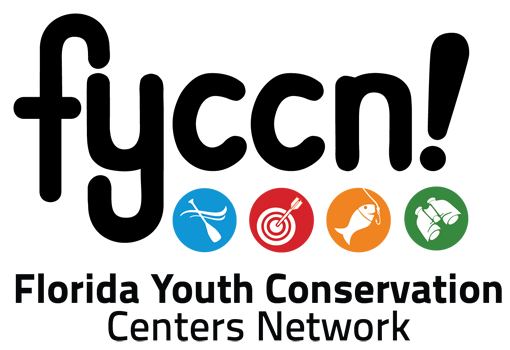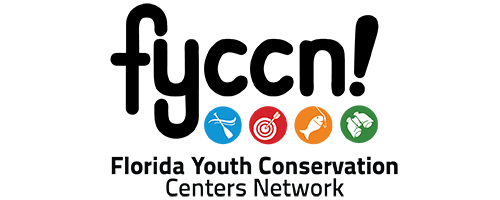6th-8th Grade
MANGROVES METAPHORS
Program includes kayaking on Newman Branch Creek
DURATION: 4 hoursCAPACITY: 20-26 students
Via kayak, students will paddle 0.8 miles down a tidal creek surrounded by mangrove habitat. Prior to venturing out, SYCC’s kayaking instructors will review safety, equipment, and paddle strokes to ensure participants are comfortable and prepared for adventure! Once at the destination, students will explore the mudflat to locate various plants and animals while learning about the challenges each species faces and adaptations that help them survive. Students will then be asked to apply their knowledge and draw comparisons between household objects and important functions of estuary ecosystems.
MARINE POPULATION DYNAMICS
DURATION: 4 hoursCAPACITY: 20-50 students
Through hands-on activities, students will learn about key processes that determine the health, stability, and distribution of various wildlife populations that call Tampa Bay “home.” During our “Oh Fish!” game, students get a glimpse of how resource abundance or absence impacts natural populations. Students will also create and test a hypothesis and learn about sampling bias while assessing gender ratios of our native fiddler crab colony. Finally, students will catch and observe various fish species through catch-and-release fishing on SYCC’s brackish water pond.
FISHING CLINIC
DURATION: 4 hoursCAPACITY: 20-50 students
Students begin by learning the basics of ethical angling including basic gear, proper fish handling techniques, fishing regulation basics, and why it’s important to protect marine fisheries. Once the concept of ethical angling has been introduced, students will practice skills including tying on a hook, properly identifying and measuring fish, and casting a fishing rod. Finally, students will try out catch-and-release fishing on SYCC’s brackish water pond.
Fishing clinics can also be adapted to fit groups with students from multiple grade levels (Grades 3-12)
RAINY DAY ALTERNATIVE:
MARSH MUNCHERS & EAT OR BE EATEN
In the event of inclement weather that does not lead to full cancellation of the program, SYCC will lead altered programming indoors or under shelter. Our inclement weather programming includes:
MARSH MUNCHERS: Students explore the connections between predator and prey in a marsh ecosystem as they role-play different organisms. Afterwards, students will design a food web while discussing producers vs. consumers and the balance between the two within an ecosystem.
EAT OR BE EATEN: Students will investigate some of the fish that comprise the Tampa Bay estuary food web and discover how they interact with each other. Using fish characteristics and behaviors, students will determine which species are predators and which are prey.

Suncoast Youth Conservation Center
6650 Dickman Rd. | Apollo Beach, FL 33572
(813) 922-7961 | suncoast@myfwc.com
See Map


